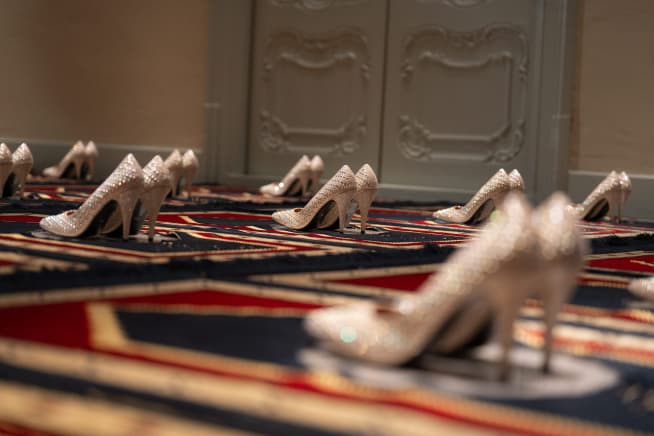Determination and passion can lead to the creation of extraordinary projects. A perfect example of this is the Museum of Forbidden Art in Barcelona, which opens its doors to the public thanks to the vision of journalist and entrepreneur Tatxo Benet.
Almost six years ago, Benet acquired a censored work by Santiago Sierra entitled “Political Prisoners in Contemporary Spain,” which had been withdrawn from ARCO 2018 and is currently on display at the Museum of Lleida.
Since then, Benet’s collection has grown to include around two hundred pieces and he now presents 42 of them to the public in his museum.
What makes the Museum of Forbidden Art special is that all the works in its collection share a common characteristic: they have been removed, banned or censored at some point in their history.
These pieces have faced censorship for various reasons, such as political, religious, sexual or aesthetic motives.
The Museum of Forbidden Art in Barcelona
It is located in Casa Garriga Nogués, an impressive modernist building designed by architect Enric Sagnier y Villavecchia between 1899 and 1901 and directed by Rosa Rodrigo, with artistic direction by Carles Guerra.
Both have extensive experience in the museum field, which guarantees a unique experience for visitors.
The museum’s collection houses works by international artists, including such prominent names as Goya, Picasso, Klimt, Warhol, Ai Wei Wei, Robert Mapplethorpe and many more.
It also presents works by contemporary artists such as Tania Bruguera, Zanele Muholi, Illma Gore and Ines Doujak. Each piece has its own history of censorship and prohibition, making the collection diverse and provocative.
Tatxo Benet, the owner of the Museum of Forbidden Art, continues to acquire works and is attentive to those that generate rejection and censorship. Often, the artistic quality of a piece is combined with its censorship history, making them significant additions to the collection.
Some striking pieces
One of the most outstanding pieces is “Silence Rouge et Bleu” (2014) by French-Algerian artist Zoulikha Bouabdellah. This installation uses prayer rugs intervened with thirty pairs of shoes. The work plays with the duality of concepts such as the spoken and the silent, the word and the image, the masculine and the feminine. It was exhibited in a collective in Clichy in 2015, but was withdrawn due to fears of backlash from the Muslim community.
The Museum of Forbidden Art also presents works by artists who defied censorship at the time, such as Equipo Crónica, which in 1972 created the work “Spectator Spectator”. This cardboard figure in polychrome stone represents the censor and recalls the agents of the social-political brigade that watched over Spanish society in the early seventies.




